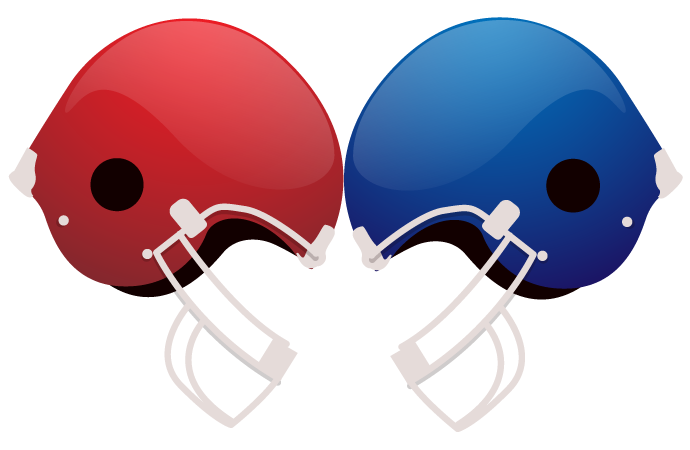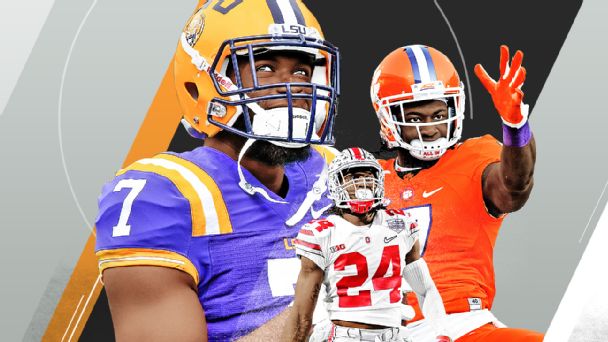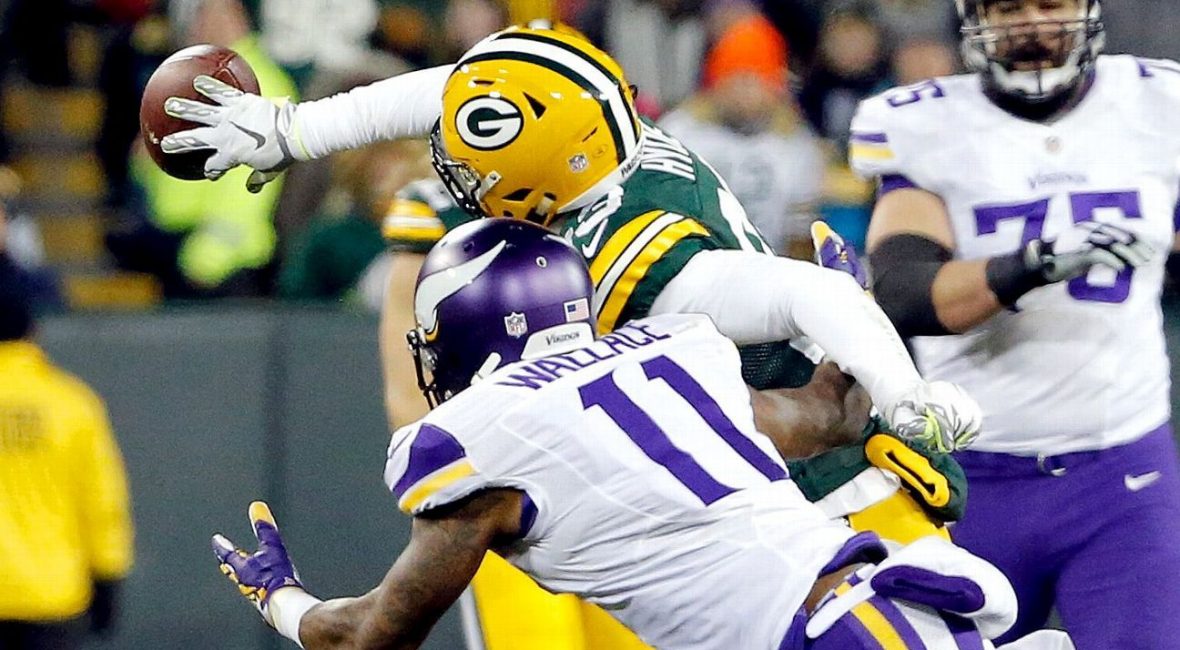-

Sheil KapadiaESPN Writer
Close- Covered the Philadelphia Eagles for Philadelphia Magazine and Philly.com from 2008 to 2015.
- Covered the Baltimore Ravens and the NFL for BaltimoreSun.com from 2006 to 2008.
At this time last year, Seattle Seahawks tight end Jimmy Graham was rehabbing from a ruptured patellar tendon injury, and his status for Week 1 of the 2016 season was in doubt.
Graham ended up making it back and played in every game, piling up 923 receiving yards, third best among NFL tight ends.
This offseason, he’s already said he plans on working out with quarterback Russell Wilson, and Seahawks coach Pete Carroll believes Graham can have an even bigger impact in 2017.
“It’s really one of the beautiful things that’s happening this offseason is that Jimmy has a chance to work out and get better,” Carroll told reporters Thursday at the NFL combine in Indianapolis. “Last year, he was just rehabbing. If you can imagine at this time last year, he was looking at that scar and wondering if he’s ever going to be able to run again. He barely made it back to camp, then barely made it into the season, then had a marvelous season under all of those circumstances. Under any normal circumstances, he had a marvelous season.”
Graham is going into the final year of his contract, and the team has no plans to release him even though Graham is due $10 million in 2017. That includes a $2 million roster bonus on March 11.
At some point, the Seahawks could consider trying to extend Graham’s contract. Or they could just let him play out his deal, and if Graham leaves in free agency next offseason, Seattle would be in line for a compensatory pick.
Last season, Graham was tied for seventh among tight ends with 94 targets and led all players at his position in yards per reception (14.2).
The one area where the Seahawks need to get more from Graham is the red zone. He had six red-zone catches last season, which ranked 66th in the NFL.
“In communicating with him, he feels great,” Carroll said. “He’s thrilled about the chance to work out. He’s going to be working with Russell wherever they get together and do their thing. They’re looking forward to that. They didn’t have the chance to do that last year. He couldn’t run. He couldn’t work out. And the amazing thing is that he had such a good season under those circumstances, so we’re really looking forward to what comes up, and I know he is, too. Everybody’s pumped up about it.”





 Round 1: April 27, 8 p.m. ET
Round 1: April 27, 8 p.m. ET